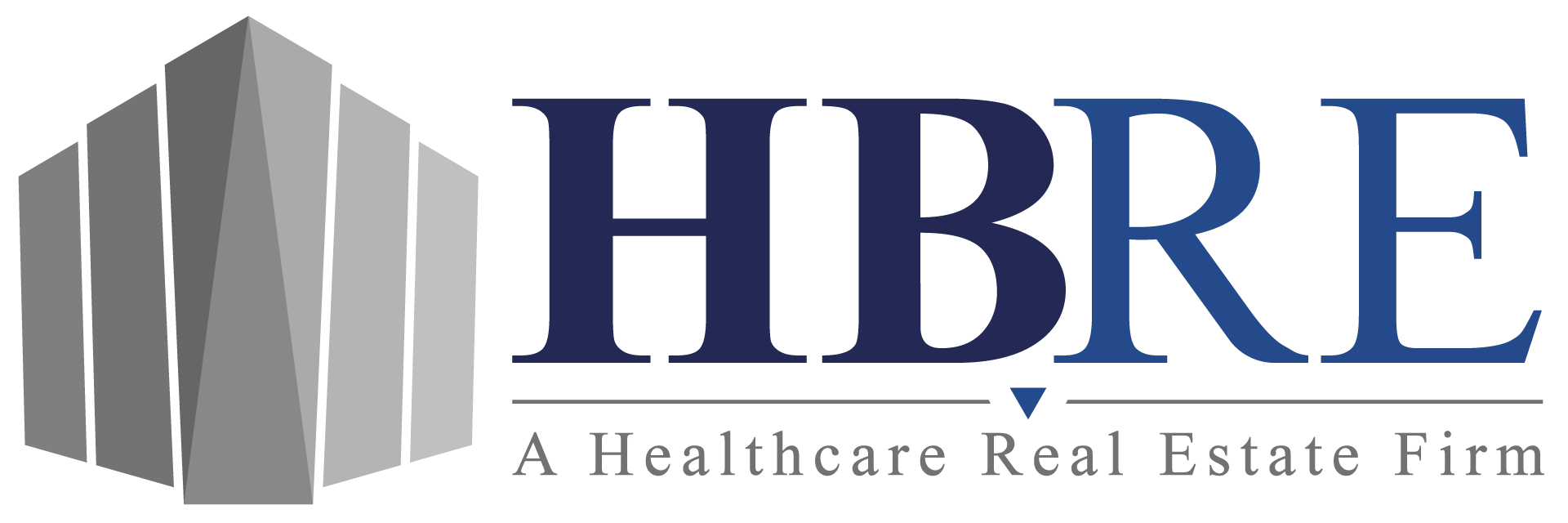In our March newsletter, we discussed the concept of reverse monetization, whereby a current lessee (health system, physician group, etc.) buys properties in order to gain control of the operating costs, or to simply purchase the medical buildings they already occupy because it’s a smart business decision due to new lease-accounting guidance by the Financial Accounting Standards Board (FASB) which now requires them to recognize leases with terms of over one year on their balance sheets.
Under the previous rules, a tenant/lessee could keep long-term leases off of their balance sheet thereby reflecting fewer liabilities. Now, a lease over one year in duration must be recognized on the balance sheet as both an asset and a liability. In short, companies that previously did not show lease amounts on their balance sheets (other than perhaps in the footnotes of a financial statement) will now be required to show this financial obligation in the same way they are required to show debt. This new requirement to report the leases could now have an impact upon the company’s credit, ability to get loans, and may affect their capital requirements. With small or struggling companies, this requirement to show the lease obligations on the balance sheet could be especially challenging. One of the arguments in favor of the new guidance is that it gives creditors and investors a clearer picture of a company’s true financial health. Companies will have their work cut out for them in terms of financial reporting, record-keeping, the lease v. buy decision, and overall implementation of the new rules, which were called by Forbes ”the biggest change to hit business owners in decades”.
The FASB describes how this Accounting Standards Update (ASU) is applied to companies that lease assets such as real estate: “Under the new guidance, a lessee will be required to recognize assets and liabilities for leases with lease terms of more than 12 months. Consistent with current Generally Accepted Accounting Principles (GAAP), the recognition, measurement, and presentation of expenses and cash flows arising from a lease by a lessee primarily will depend on its classification as a finance or operating lease. However, unlike current GAAP—which requires only capital leases to be recognized on the balance sheet—the new ASU will require both types of leases to be recognized on the balance sheet. The ASU also will require disclosures to help investors and other financial statement users better understand the amount, timing, and uncertainty of cash flows arising from leases. These disclosures include qualitative and quantitative requirements, providing additional information about the amounts recorded in the financial statements.”
For many years, the FASB tried to determine how leased real estate and other assets can best be reflected on financial statements that allowed real estate investors to compare lease agreements between companies. Due to a company’s ability to modify lease terms to get different accounting results on otherwise similar transactions, the new standards’ criteria are now focused on who actually controls the real estate.
The new guidance takes effect for all public companies after December 15, 2018, and for all private companies after December 15, 2019. However, early adoption of the new standards is allowed. Contact us today to discuss how this might impact your organization or real estate holdings. HBMRE can help you confidently stay ahead on this very important issue.




